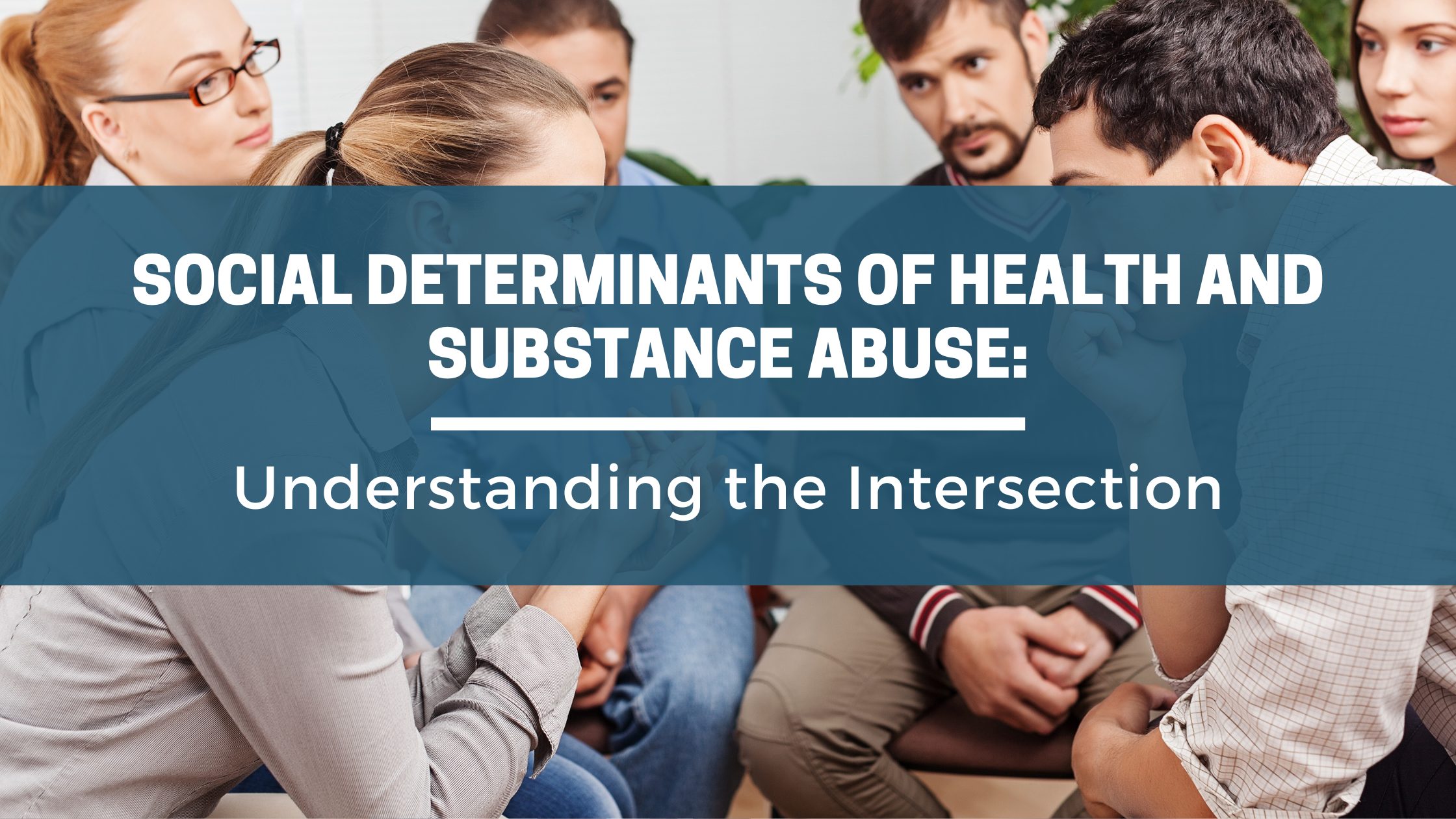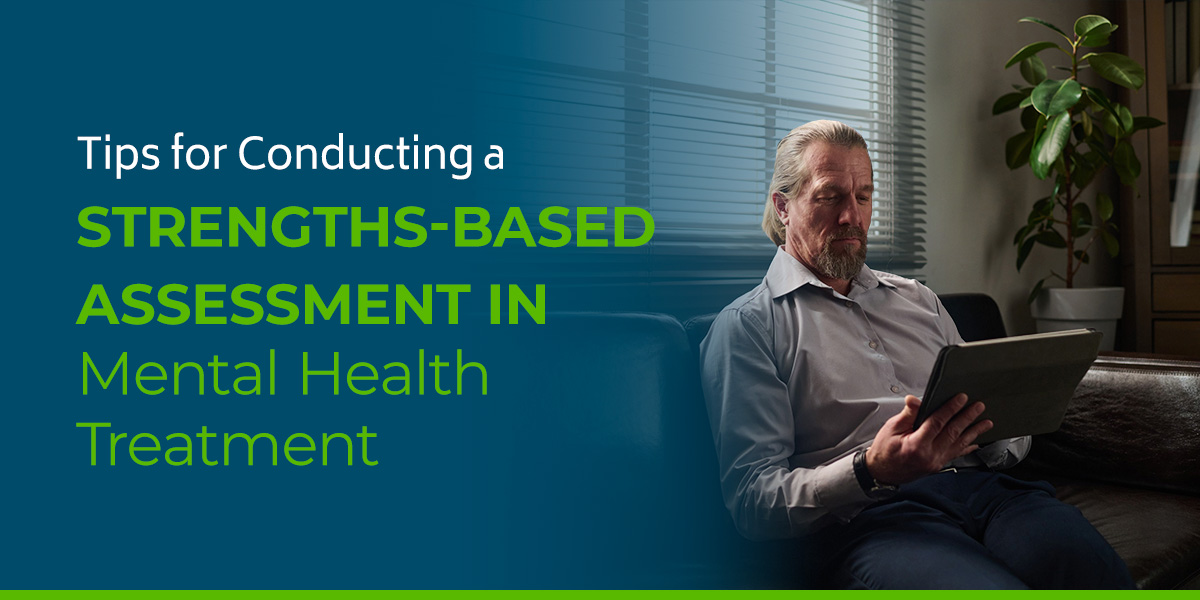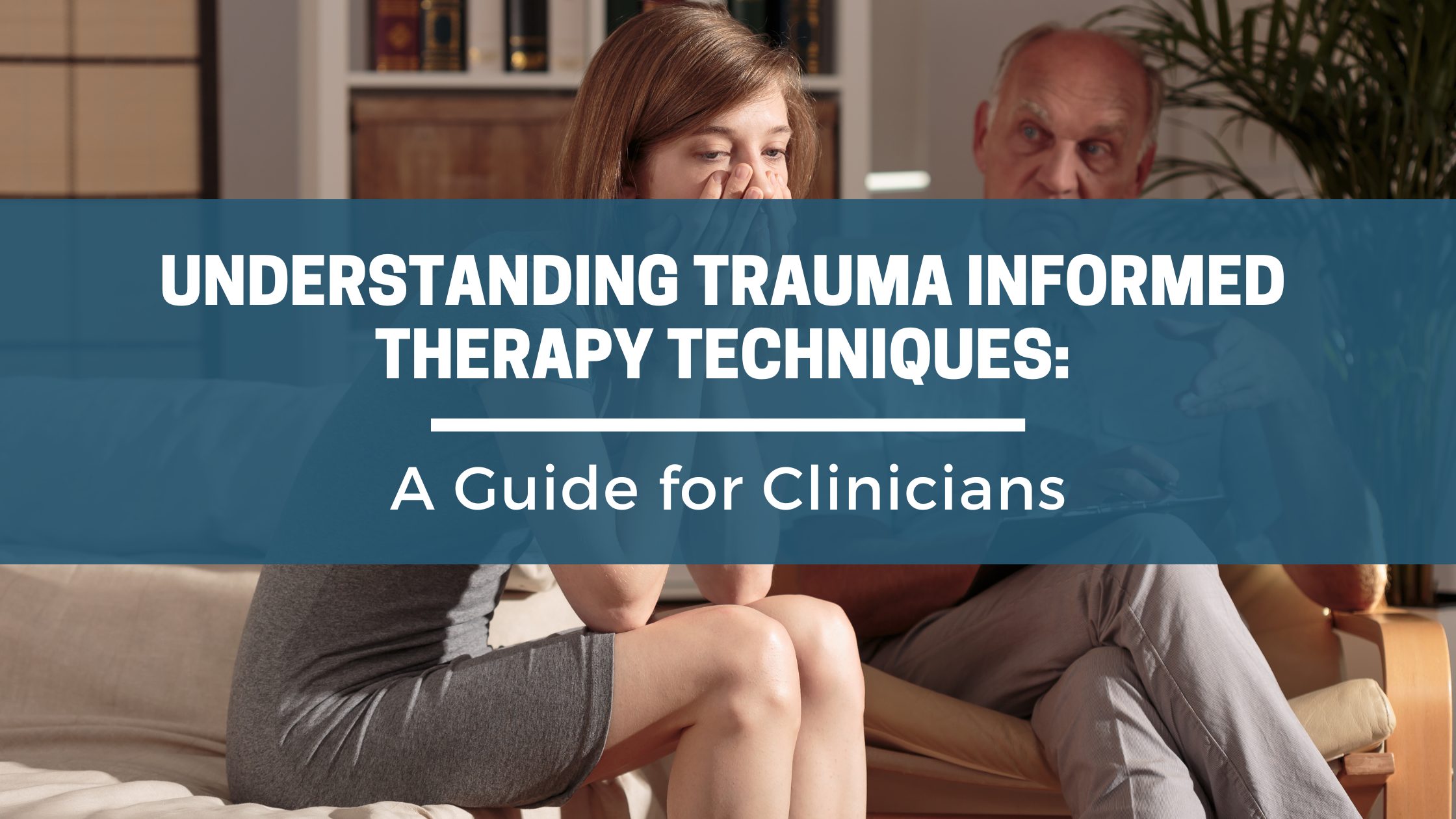
Mastering ASAM Levels of Care: Strategies for Effective Treatment Planning
The American Society of Addiction Medicine (ASAM) is one of the leading organizations in the field of substance use, addiction, and co-occurring conditions. This group works to improve the addiction treatment system by providing a comprehensive framework for addiction medicine assessment, treatment, and continuity of care.
The ASAM Criteria, formerly called the ASAM patient placement criteria, is a set of principles for the placement and treatment of people with addictions or dual diagnosis conditions. The standards in the ASAM Criteria were revised into the Fourth Edition in 2023, so some professionals that were previously proficient with earlier versions may benefit from a refreshed update of the information.
For the well-being of their caseload, therapists should be familiar with a ASAM placement criteria cheat sheet, sometimes referred to as ASAM levels of care crosswalk or ASAM risk rating crosswalk. Keep reading this ASAM level of care cheat sheet to discover aspects of the ASAM Criteria and how it affects assessment, levels of care, and client outcomes.
Instant Download: ASAM Level of Care Cheat Sheet: A Resource for Clinicians

ASAM Criteria Dimensions
Mastering the ASAM levels of care must begin with learning the ASAM Criteria Dimensions in the Fourth Edition. The multiple dimensions help guide the client assessment and provide a way to gather information and form a conceptualization of the person, their symptoms, their supports, and their goals.1
In the Fourth Edition of the Criteria, the ASAM continued with a six dimension approach. Each dimension represents a part of the person, their life, and their experience, so knowing all six sides of the person is essential for an accurate evaluation.2
Having an ASAM criteria checklist is helpful for all therapists to understand the ASAM medical necessity criteria. The six dimensions in the ASAM Criteria are:1,2,3

Dimension 1: Intoxication, Withdrawal, and Addiction Medications
This dimension involves current and past experiences with substance use, intoxication, and withdrawal potential. It accounts for use of addiction medications that may carry risk as well.
Assessing this dimension is key due to the dangers associated with acute intoxication and severe withdrawal. When someone is physically dependent on substances, like alcohol and sedatives/ hypnotics, they will encounter a risk of serious withdrawal symptoms that add a level of danger not seen in other substances. Similarly, someone under the influence of methamphetamine will have needs that are very different from some using heroin.
Dimension 2: Biomedical Conditions
The biomedical conditions dimension focuses on the physical health status of the individual. All of the person’s medical issues, eating habits, and activity levels must be accounted for to understand the nature of their physiological state.
Does the person take medications for these conditions? Is their health stable or are their conditions only partially treated? Can the person function well typically, or do the health issues create disability?
Dimension 3: Psychiatric and Cognitive Conditions
The third dimension explores the person’s mental health history. Exploring psychiatric symptoms as well as their frequency, intensity, and duration can provide invaluable information about the person’s overall health and well-being. Gaining information about medications, previous psychiatric hospitalizations, and suicidal/ homicidal history will guide the diagnosis and treatment plan.
In addition to psychiatric concerns, professionals will explore cognitive functioning. If the individual has a history of brain injuries, concussions, or is experiencing some form of cognitive decline, it will be included in this dimension of the ASAM Criteria.
Dimension 4: Substance Use-Related Risks
The substance-related risks section investigates the person’s relationship with alcohol and other drugs. This dimension assesses how much risk for harm exists with the current level of use.
Where dimension 1 inspects issues of intoxication and withdrawal, dimension 4 focuses on the dangers caused by ongoing substance use. Considerations in dimension 4 include:
- What risk is caused from substance use?
- Is it likely for substance use to continue at current rates?
- How has substance use affected relationships, employment, or educational goals?
- Is driving under the influence or risky sex common during use?
- How much are alcohol and other drugs involved with coping skills and stress reductions?
By understanding these questions, people understand why the substance use started and how recovery can be achieved.
Dimension 5: Recovery Environment Interactions
When the home environment is calm, safe, supportive, and healthy, the person is more likely to maintain sustained periods of recovery. Likewise, the community surrounding the individual, at work, at school, and at social gatherings, has a huge impact on use and recovery. This is the premise of dimension 5.
A person with a low stress environment will have a strong advantage when it comes to maintaining periods of abstinence from substance use. High stress situations with minimal support can result in a return to use.
Dimension 6: Person-Centered Considerations
Dimension 6, which was added in the newest version of the ASAM Criteria tracks the effects of personal preferences and barriers. Is the person interested in attending treatment? Are they able to attend sessions based on childcare and transportation? Do they have enough money to pay their rent and buy healthy foods?
Even the most motivated individual will falter if there are too many barriers to their success.
Changes to the ASAM Criteria
The ASAM made several adjustments to the criteria between the third and fourth edition. Previously, the six dimensions of the ASAM Criteria included:1, 4
- Acute Intoxication and Withdrawal Potential
- Biomedical Conditions and Complications
- Emotional, Behavioral, or Cognitive Conditions and Complications
- Readiness to Change
- Relapse, Continued Use, or Continued Problem Potential
- Recovery/ Living Environment
For the Fourth Edition, the ASAM effectively eliminated the Readiness to Change dimension, slid up dimension 5 and 6, and added the Person-Centered Consideration as the new dimension 6. Be sure to disregard the old ASAM criteria checklists and ASAM criteria charts.
Since the newest edition of the ASAM’s work was released in 2023, many resources are still promoting old ASAM levels of care charts and ASAM level of care determine tools. Avoid these obsolete options.

Understanding ASAM Levels of Care
With all the information gathered during assessments using the ASAM Criteria, addiction professionals can recommend the level of care that provides the best fit for the individual. Like other treatment recommendations, the goal is to find the care that is intense enough to manage symptoms without being overly intense and restrictive.
The ASAM levels of care consist of four distinct levels. Level 1 is the least intense and less restrictive, while level 4 is the most intense and most structured.
This ASAM level of care cheat sheet outlines the current forms of care. The ASAM Criteria Levels of Care include:2,5
Level 1: Outpatient Treatment
Outpatient treatment is a great level of care for someone with few symptoms, low stressors, and stable supports. Outpatient treatment occurs in a range of environments, like health clinics, doctors’ offices, and even virtually. With outpatient treatment, the person presents to sessions in-person or virtually and continues on with their regular responsibilities after.
Three separate levels exist inside of the category of outpatient treatment:
- Level 1.0 - Long-term remission monitoring. Once someone is stable for a year, remission monitoring could be an appropriate option. It involves appointments and assessments at low frequency - about every three months. As long as symptoms are stable, this level can continue indefinitely.
- Level 1.5 - Outpatient therapy. Weekly or twice weekly treatment to address mild substance use and mental health concerns. Therapists may utilize a variety of therapies in an individual, group, or family format.
- Level 1.7 - Medically managed outpatient treatment. This level adds medical care in the form of withdrawal management or medication for addiction or mental health issues.
Level 2: Intensive Outpatient (IOP) and High-Intensity Outpatient (HIOP) Treatment
Intensive Outpatient (IOP), sometimes called day treatment, and High-Intensity Outpatient (HIOP) Treatment, sometimes called partial hospitalization programs (PHPs), are great options for people that are more influenced by substance use symptoms but remain able to live comfortably in their home.
These treatments generally involve much more time each week than outpatient treatment. There are three levels of IOP and HIOP treatment:
- Level 2.1 - Intensive Outpatient (IOP) Treatment. Treatment that occurs multiple days each week for between nine and 19 hours focused on recovery skills and education.
- Level 2.5 - High-Intensity Outpatient (HIOP) Treatment. At least 20 hours of services each week for people who need intense treatment while being able to maintain an outpatient setting.
- Level 2.7 - Medically Managed Intensive Outpatient Treatment. Best for those who need the structure and support of HIOP and the monitoring of medical professionals for withdrawal management or other health concerns.
Level 3: Residential Treatment
The residential treatments of level 3 indicate that the individual no longer lives at home. With this level of care, people live fulltime at the treatment facility. These rehabilitation centers offer 24-hour care and support.
- Level 3.1 - Low-Intensity Residential Treatment. The low-intensity model permits the person to leave the center to work or attend school. Professional treatments will fill between 9 and 19 hours of the person’s weekly schedule.
- Level 3.5 - High-Intensity Residential Treatment. The high-intensity option focuses on round-the-clock care and observation from peers and professionals. At least 20 hours each week are devoted to treatment with limited freedom to leave the facility.
- Level 3.7 - Medically Managed Residential Treatment. This adds medical observation and intervention to the support and services of level 3.5
Level 4: Inpatient Treatment
Residential treatments are delivered in centers that often resemble homes or dormitories. Level 4 treatments are delivered in a hospital or hospital-like setting.
The highest level of treatment is recommended when someone’s physical health is in danger. During level 4 treatment, there is little focus on the psychological aspects of recovery as all attention is aimed towards safety and medical stabilization.
Utilizing ASAM Criteria in Treatment Planning
The ASAM Criteria is built around four principles - whole-person care, tailored treatment, ongoing care, and long-term monitoring.2 By including these principles in the treatment planning process, professionals can ensure the individual’s needs are being met in the most helpful and effective way.
When constructing a treatment plan, it is essential for clinicians to consider:
- Individualized care based on comprehensive assessments. Based on the information received during the assessment, what does this person need in terms of their physical health, mental health, and overall well-being?
- Continuum of services matching client needs. Is this client in a level of care that creates a high probability of success or are they set up for failure?
- Coordination of care across different levels and settings. What happens when the client completes the current level of care? Will their services be transitioned to some level of follow up care?
- Integration of evidence-based practices. Coordination, service continuity, and individualized care is all meaningless if the actual treatments are poor. Are researched and reviewed practices being performed by competent staff?
Challenges and Solutions of ASAM Levels of Care
The struggle associated with the ASAM criteria often comes from clinicians who are unsure of the appropriate level of care and ways to best transition from one level to the next. These concerns can leave even seasoned clinicians hesitating and being reluctant to recommend care.
Mastering the criteria and levels of cares will help in these situations, but one of the best solutions to this challenge is frequent reassessment. Rather than assessing once and placing into a level of care, introduce scheduled re-evaluations into the treatment plan. By doing this, the individual will receive the treatment that best matches their needs every step of the way.
Some other ways to face the challenges of ASAM levels of care include:
- Recognizing and resolving gaps in knowledge and skill through continuous learning
- Seeking consultation and supervision from experienced professionals
- Advocating for additional resources and guides from employer
Final Thoughts
Effective treatment plans begin with effective evaluations and clearly defined levels of treatment, The ASAM Criteria serve as a tool to guide the process. By taking guesswork out, the person in need can receive the care most appropriate for their symptoms, supports, and goals.
Even if the ASAM Criteria seem overwhelming or confusing, starting the learning process is a huge benefit to the clinician. This new information can drastically improve treatment outcomes of all clients.
By introducing new ASAM Criteria and Levels of Care tools, ICANotes takes the uncertainty out of these topics.
With the right documentation tools from ICANotes, you can keep your patient's treatment plans organized and create unique progress notes to review before every session.
Instead of spending hours on clinical documentation, ICANotes behavioral health software makes it easy to reduce note-writing time, improve compliance, bill more effectively and ensure you get to spend more time with your patients. Schedule a demo today or start your free trial to see how we can help you streamline your treatment.
About the Author

Eric Patterson, MSCP, NCC, LPC
Eric Patterson, MSCP, NCC, LPC, is a professional counselor who has been working for over a decade to help children, adolescents, and adults in western Pennsylvania reach their goals and improve their well-being.
Along the way, Eric worked as a collaborating investigator for the field trials of the DSM-5 and completed an agreement to provide mental health treatment to underserved communities with the National Health Service Corp.
Sources
- American Society of Addiction Medicine. (2024). ASAM Criteria.
- American Society of Addiction Medicine. (n.d.). What is the ASAM Criteria?
- American Society of Addiction Medicine. (2024). The ASAM Criteria Assessment Interview Guide.
- Miller, S.C. et al. (2024). The ASAM Principles of Addiction Medicine.
- PA Department of Drug and Alcohol Programs. (2022). ASAM.










